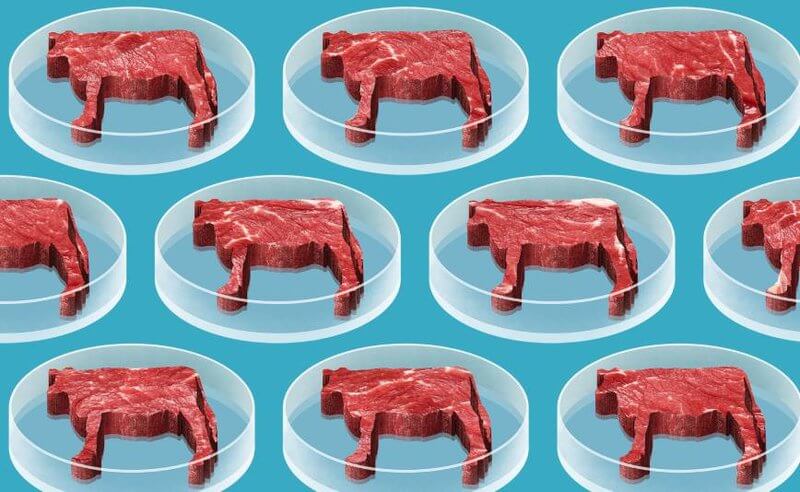
BLOG
The consumption of meat throughout the world is rapidly increasing, as people are eating more meat than ever regardless of type, whether it is chicken, beef, or lamb- especially having become a part of life which cannot be resisted.
The traditional method in which meat is produced through the farming of animals however, is placing enormous strains on our resources such as land and water, making it unsustainable for the environment
Specifically, biodiversity loss can be accounted for by the way in which we farm our food. With huge areas of forest being lost in order to be converted to agricultural land, much of it is used for livestock or to grow crops for their feeding. In addition, livestock are responsible for around 14.5% of greenhouse gas emissions from human activity.
Putting aside the above, there are also major ethical concerns as many people want animals to lead good lives.
In one of its recent reports, the UN has called on all of us to undergo a major cut in our meat consumption. What if there was a way however, in which we could continue to eat the same food we enjoy eating such as a hamburger sandwich, free of any guilt?
Because of the negative consequences described above, a solution must be found through a major shift in the approach taken.
One of these solutions – clean meat cultivated in the lab, could provide just the right answer to such a call.

The approach involves growing meat from meat animal cells in a process known as cell-based agriculture.
Consider the example of growing a “Clean Burger” which is produced through taking a small tissue sample from an animal via biopsy. After the cells are isolated and cultured in the lab, they are grown and transformed in bioreactors at a large scale. The cell mass is then processed and formed into burger patties.
Clean -cultured meat offers the solution since the need to breed, raise and slaughter animals is eliminated, whereby reducing the environmental impact of traditional meat production.
With this in mind, it is interesting to note that a rise by 70% is expected to take place in the global demand for meat and milk by 2050. Switching to cultured meet, will cause agricultural greenhouse gas emissions to be reduced by up to 96%.
Continued population growth however, is not the only factor to account for the major rise anticipated in the demand for meat, with economic development and the expanding middle classes, also being crucial factors. People will simply eat more meat as their incomes rise.
In addition to reducing greenhouse gas emission effects, producing clean meat will lead to the use of 99% less land and up to 96% less water.
From an ethical perspective, cultured meat generated from a limited number of animal cells at the start of the process, will avoid concerns related to animal welfare raised by intensive farming methods.
Further, there is the potential to create clean meat with additional health related benefits such as extra nutrients or lower contaminants such as antibiotics, pathogens or microplastics, most likely increasing the possibility that we can enjoy the luxury of eating chicken with added vitamins or beef with omega-3 fats.
Nowadays, the mass production of clean meat is being researched by a large number of start-ups throughout the world, with the objective of making affordable products available to consumers. It is still however, very early for such an emerging industry, with efficient production of cultured meat remaining a major challenge.
While eating clean cultivated meat today, may still be a far distant reality, momentum is being gained at a rapid pace in this industry. During 2013, a lab- grown burger was eaten by food critics on live TV- a burger which had a price tag of $300,000.00 back then. Since the period specified, the price has dramatically fallen to $ 50.00 when it will be launched within the coming years. We may therefore, not need to wait too long before having the advantage of eating clean cultivated meat. products.
A major challenge which lies ahead will be to convince restaurants to switch to clean meat – a more humane alternative with a lower environmental cost.
Clean cultivated meat will not only be a major boost for manufacturing, research and development (R&D) and science, but also for the governments putting an investment in it.
Just as investing in mobile technology led to the availability of mobile phones without chords, so too will investing in the production of clean meat lead to the availability of meat without live animals for our consumption.